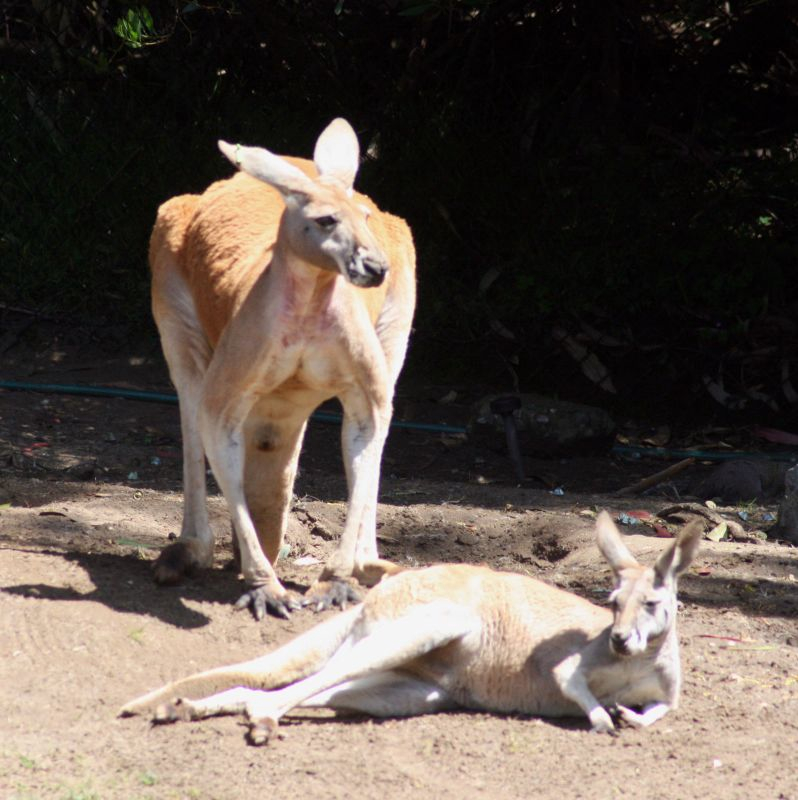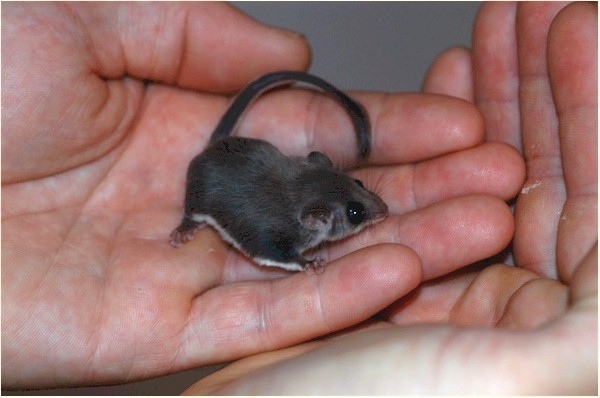Diprotodontia -- Buckteeth and Jumping Jacks!



Origins
Diprotodontia are distinguished by their large, front teeth. The name of this order is derived from the words "protos" and "odontos", meaning two teeth. This order is chock full of herbivores and includes many species high in the scale of cuteness, including but not limited to, Koalas hare wallabies and tree kangaroos. They all originated sometime around 25 million years ago and have weathered the change in the Australian landscape from lush forests to scrub deserts with some panache.
Physical Characteristics
Apart from their pronounced buck teeth, this order possesses another distinguishing feature termed syndactyly which really means that the digits two and three of the hind feet are fully fused except for the claws. This feature is said to be helpful while climbing. When Australia was heavily forested, this adaptation must have been very useful. Now, it's a bit of a drag I expect. Tree kangaroos,however, might find it useful in their more arboreal habitats in Guinea and Papua.
Geographic Distribution
These animals comprise about 120 species and live all over Australasia. Koalas favor eucalptii; Kangaroos jump around in the scrub regions; others like the gliders and possums occupy niches that monkeys and insectivores inhabit in other parts of the Old World.
Reproduction
This order has reproductory behavior that is the signature of how marsupials are perceived. The female is pregnant for about 30 days and the baby is born completely blind and only developed enough to crawl with its small forelegs and attach to mama's teats. Then the milk starts to flow and the baby cannot detach itself voluntarily until it develops enough to crawl about on its own. Until then, it is safe in the pouch and gets nourished too. I suspect this particular mode of reproduction is of great use in habitats that are dry and where a long pregnancy would be quite a struggle.
Feeding Habits
This order is mainly made up of plant eaters but some species will eat insects to get some extra protien.Some like the Koala take it to the extreme and have evolved to extract nourishment from very dry and rather unappetizing eucalytus leaves and buds. They also tend to sleep a lot to conserve the little energy that they get from the leaves.
Families within Diprotodontia
Videos